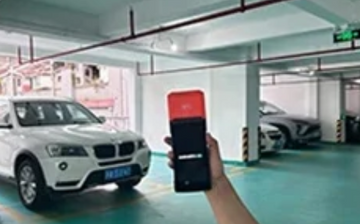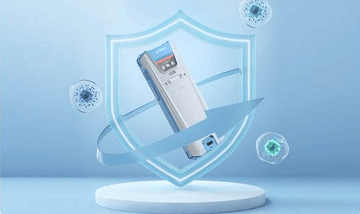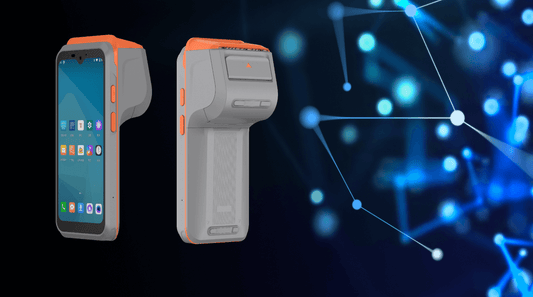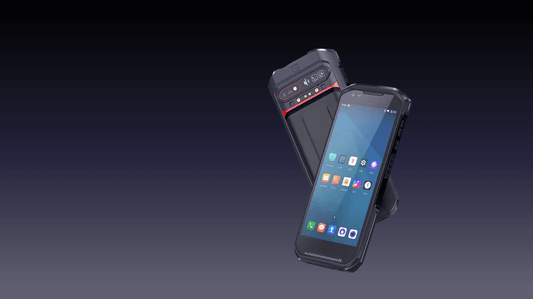Case Study: How IKEA Reduced Inventory Errors by 60% Using RFID
Inventory accuracy is critical for retail giants like IKEA, where millions of products move through warehouses daily. In 2022, IKEA faced a growing challenge: manual inventory counts resulted in 8-12% error rates, leading to stockouts, lost sales, and operational inefficiencies.
To solve this, IKEA implemented UHF RFID technology across select warehouses. The results were transformative:
Key Outcomes:
✔ 60% reduction in inventory errors
✔ 75% faster stock counts
✔ 30% improvement in product availability
This case study explores IKEA's RFID implementation strategy, challenges faced, and quantifiable results.
1. The Inventory Accuracy Challenge
Pre-RFID Pain Points
-
Manual barcode scanning required staff to scan each item individually
-
Discrepancies between system and physical stock (average 8-12% variance)
-
Time-consuming cycle counts (3-5 days per warehouse)
-
"Ghost inventory" (items showing in-system but missing in reality)
Impact:
-
$3M/year in lost sales due to stockouts
-
Labor costs 25% higher than industry benchmarks
2. The RFID Solution
Implementation Overview
| Project Scope | Details |
|---|---|
| Pilot Locations | 3 European warehouses (Germany, Belgium, Italy) |
| RFID Type | Passive UHF RFID (RAIN RFID) |
| Tags Deployed | 12 million tags/year |
| Hardware | Fixed portals + Zebra handheld readers |
| Integration | SAP EWM (Extended Warehouse Management) |
Key Implementation Steps
Phase 1: Product Tagging
-
Applied wash-resistant RFID labels to all large furniture items
-
Used embedded RFID tags in electronics product packaging
-
Tagged 100% of stock in pilot warehouses
Phase 2: Infrastructure Installation
-
Dock door portals for automated receiving/shipping
-
Mobile handheld scanners for cycle counts
-
Smart shelving in high-value sections
Phase 3: Staff Training
-
300+ employees trained on RFID operations
-
Gamified learning with "RFID treasure hunt" exercises
3. Operational Improvements
A. Receiving & Shipping
-
Before: 45 minutes to scan a pallet manually
-
After: 8-second full-pallet scans via RFID portals
-
Result: 90% reduction in dock processing time
B. Cycle Counting
-
Before: 5-day manual counts (3% error rate)
-
After: 2-hour automated scans (0.8% error rate)
-
Result: 98.4% inventory accuracy
C. Customer Experience
-
Real-time stock visibility reduced "out of stock" errors online
-
Click-and-collect accuracy improved by 40%

4. Quantifiable Results (12-Month Impact)
| Metric | Pre-RFID | Post-RFID | Improvement |
|---|---|---|---|
| Inventory Accuracy | 88% | 98.4% | +10.4% |
| Stock Count Time | 5 days | 2 hours | 75% faster |
| Labor Costs | $18/hr per counter | $6/hr (automated) | 66% reduction |
| Sales Loss from Stockouts | $3M/year | $1.2M/year | 60% decrease |
5. Challenges & Lessons Learned
Challenge 1: Tag Reliability
-
Early tags failed in -25°C cold storage
-
Solution: Switched to freeze-resistant RFID inlays
Challenge 2: Metal Interference
-
Metal furniture caused read failures
-
Solution: Used on-metal RFID tags with special antennas
Key Takeaways:
-
Pilot testing is critical – IKEA tested 15 tag types before full rollout
-
Employee buy-in matters – Gamification improved adoption
-
ROI comes in phases – Biggest gains appeared after 6 months

6. Future Plans
IKEA is now expanding RFID to:
-
All European warehouses by 2025
-
In-store inventory tracking (pilot in 20 stores)
-
Smart shopping carts with RFID auto-checkout
7. Conclusion
IKEA's RFID implementation proves that:
✔ Automated inventory tracking pays off (60% error reduction)
✔ The right tag selection is crucial for different products
✔ Employee training ensures smooth transitions
For other retailers considering RFID:
Start with a targeted pilot, then scale based on data. The technology works, but customization is key. If you new start use the RFID terminal, recommend Leeshion's RFID terminal LS-N41U
Need help calculating your RFID ROI? Contact our experts for a free assessment.
No comments









0 comments